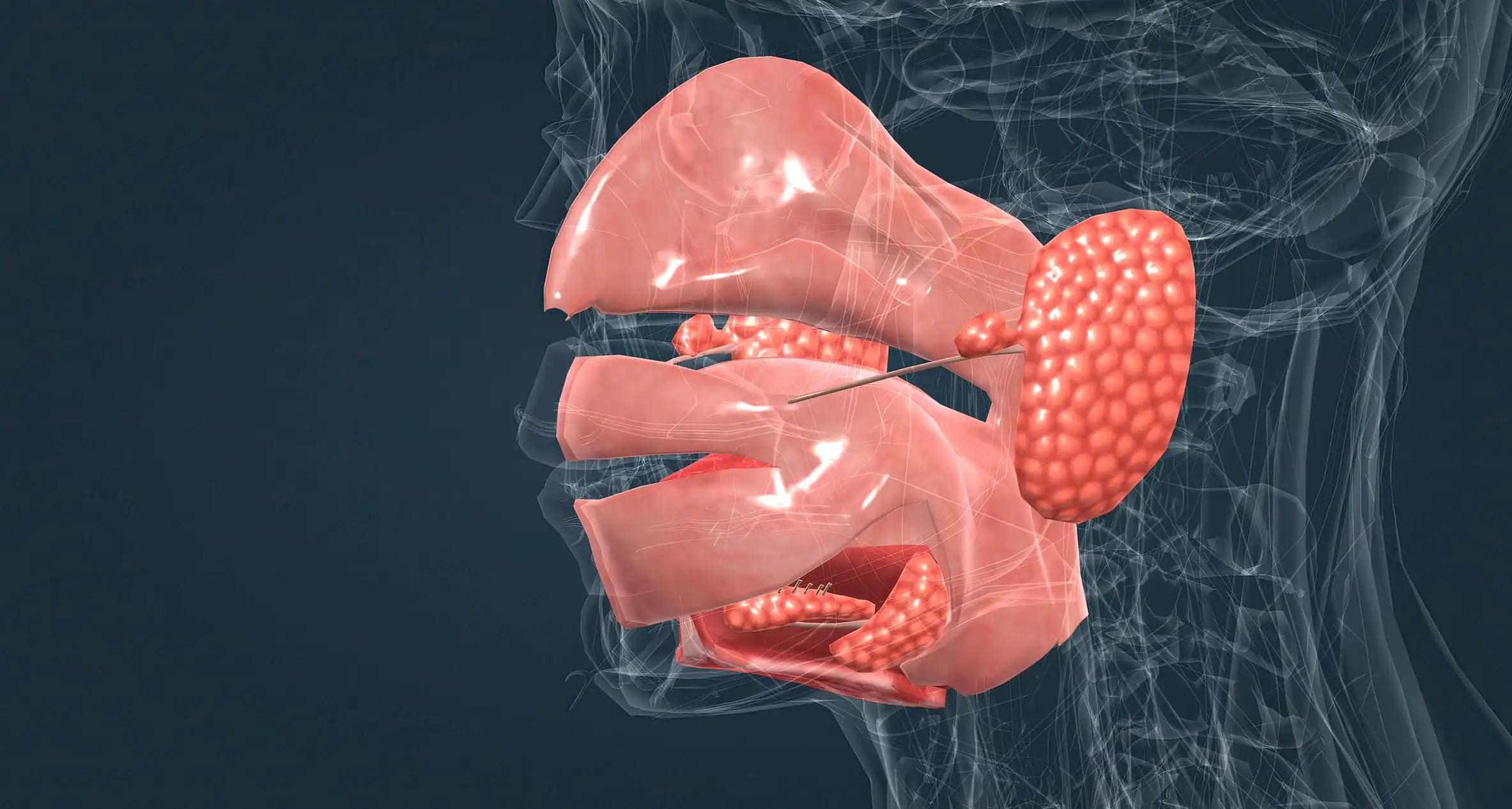KEY TAKEAWAYS
- The phase 3 study conducted initial dynamic evaluations of TKa and ctDNA in patients with HR+, HER2- ABC undergoing RIB+LET treatment.
- The primary aim was to evaluate these biomarkers’ predictive and prognostic value in relation to PFS.
- CT DNA samples were classified as wild type or positive if a primary target mutation was present, while TKa was determined based on concentration.
- The dynamics of TKa and mutational tumor burden at D15 were found to predict PFS independently.
- Patients exhibiting ctDNA positivity and TKa positivity were highly likely to be non-responsive to treatment, and the study grouped patients.
- The amalgamation of initial dynamic evaluation of ctDNA and TKa may enhance the prognosis estimation in patients undergoing ribociclib and letrozole treatment
The autonomous initial dynamic evaluation, including baseline (D0) and day 15 of the first cycle (D15), of both TKa and ctDNA demonstrated both predictive and prognostic value in patients diagnosed with HR+, HER2- ABC who received RIB+LET treatment and were enrolled in the BioItaLEE trial (NCT03439046). A comprehensive analysis of these two biomarkers was conducted. A total of 287 participants were included in the study. The initial dynamics were evaluable for both biomarkers in 241 out of 287 patients, representing 84.0% of the total population. The techniques utilized to assess ctDNA and TKa have been previously documented. Regarding ctDNA, the samples were classified as wild type (WT) if no mutations were detected at D0 and D15. At D15, ctDNA was considered positive (+) if a primary target mutation was present and negative (-) if absent. The specimens were determined to be either TKa-positive or TKa-negative based on the TKa concentration exceeding or falling below the detection threshold on day 15. Based on the analysis of ctDNA and TKa, the patients were categorized into six groups: WT/TKa-, WT/TKa+, ctDNA-/TKa-, ctDNA-/TKa+, ctDNA+/TKa-, and ctDNA+/TKa+. These groups were then further divided into three main study groups: WT/TKa- (GR1, n = 126), WT/TKa+, ctDNA-/TKa-, ctDNA-/TKa+, ctDNA+/TKa- (GR2, n = 96), and ctDNA+/TKa+ (GR3, n = 19). The correlation between biomarkers and PFS (progression-free survival) was evaluated through Kaplan-Meier analysis and multivariate Cox models with 95% confidence intervals (CIs) adjusted for clinical variables.
The median duration of follow-up was 26.9 months. The multivariate Cox models indicated that the dynamics of TKa and the mutational tumor burden at D15 independently predicted progression-free survival (PFS). The hazard ratios (HRs) for WT versus ctDNA+ and ctDNA- versus ctDNA+ were 0.37 (95% CI: 0.23-0.60; P< 0.0001) and 0.56 (95% CI: 0.32-1.00; P = 0.0506), respectively. The heart rate (HR) for TKa was 0.49 (95% CI: 0.30-0.80; P= 0.0040) in patients with TKa- compared to those with TKa+. It is noteworthy that amalgamating the two variables yields a more enhanced outcome prognosis. The hazard ratios for TKa- versus TKa+ were 0.17 (95% confidence interval: 0.09-0.32; P < 0.0001), 0.28 (95% confidence interval: 0.13-0.59; P = 0.0009), and 0.44 (95% confidence interval: 0.23-0.86; P = 0.0169) in wild-type, circulating tumor DNA negative, and circulating tumor DNA positive patients, respectively. In light of the three study groupings, the median progression-free survival rates (with a 95% confidence interval) were indeterminate (27.89, NE), 19.58 (13.83, 23.39), and 6.65 (2.83, 12.16) months in GR1, GR2, and GR3, respectively, with a P<0.001. In the multivariate Cox models, the hazard ratios (HRs) of GR1 and GR2 in comparison to GR3 were 0.17 (95% confidence interval [CI]: 0.09-0.32; P< 0.0001) and 0.37 (95% CI: 0.20-0.67; P = 0.001), respectively. The aforementioned observations indicate that the amalgamation of initial dynamic evaluation of circulating tumor DNA and tyrosine kinase activity may enhance the prognosis estimation in patients undergoing ribociclib and letrozole treatment. Patients exhibiting ctDNA positivity and TKa positivity are highly likely to be non-responsive to treatment. The capture of TKa and ctDNA exhibit distinct characteristics of tumor biological activity. Further assessment is required to determine their efficacy in correlation with alternative treatments, environments, and medical conditions.
Source: https://meetings.asco.org/abstracts-presentations/212412
Clinical Trail: https://clinicaltrials.gov/ct2/show/NCT03439046
Grazia Arpino, Giampaolo Bianchini, Luca Malorni, Alberto Zambelli, Fabio Puglisi, Lucia Del Mastro, Marco Colleoni, Filippo Montemurro, Giulia Valeria Bianchi, Ida Paris, Giacomo Allegrini, Stefano Tamberi, Marina Elena Cazzaniga, Michele Orditura, Claudio Zamagni, Donatella Grasso, Matteo Benelli, Maurizio Callari, Antonina Benfante, Michelino De Laurentiis/Circulating tumor DNA (ctDNA) and serum thymidine kinase 1 activity (TKa) matched dynamics in patients (pts) with hormone receptor-positive (HR+), human epidermal growth factor 2–negative (HER2-) advanced breast cancer (ABC) treated in first-line (1L) with ribociclib (RIB) and letrozole (LET) in the BioItaLEE trial/J Clin Oncol 40, 2022 (suppl 16; abstr 1012 ) DOI10.1200/JCO.2022.40.16_suppl.1012



